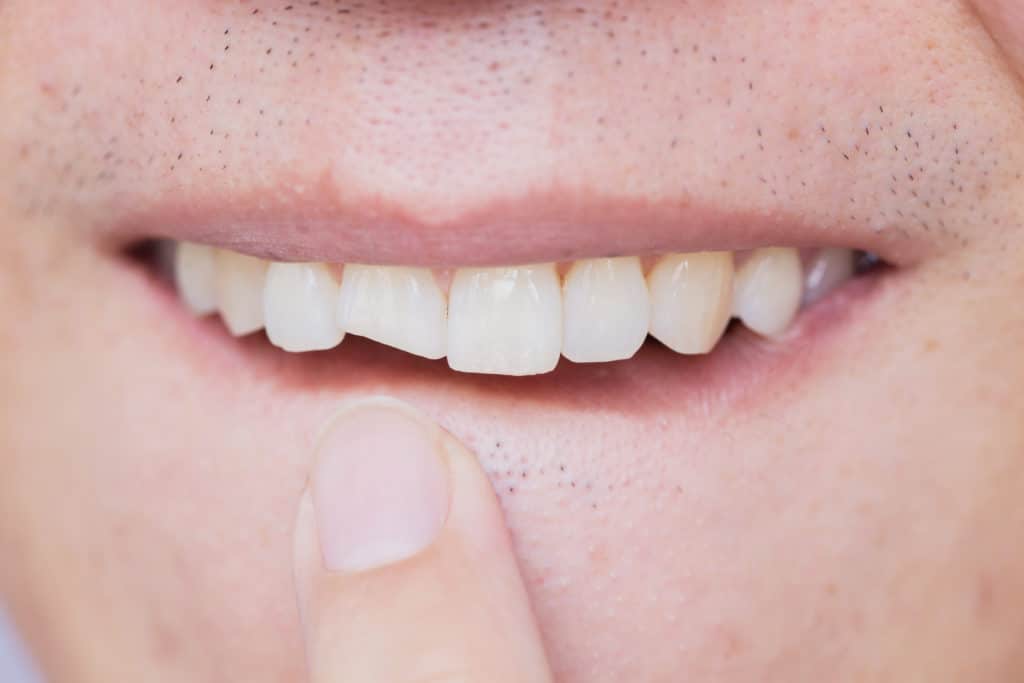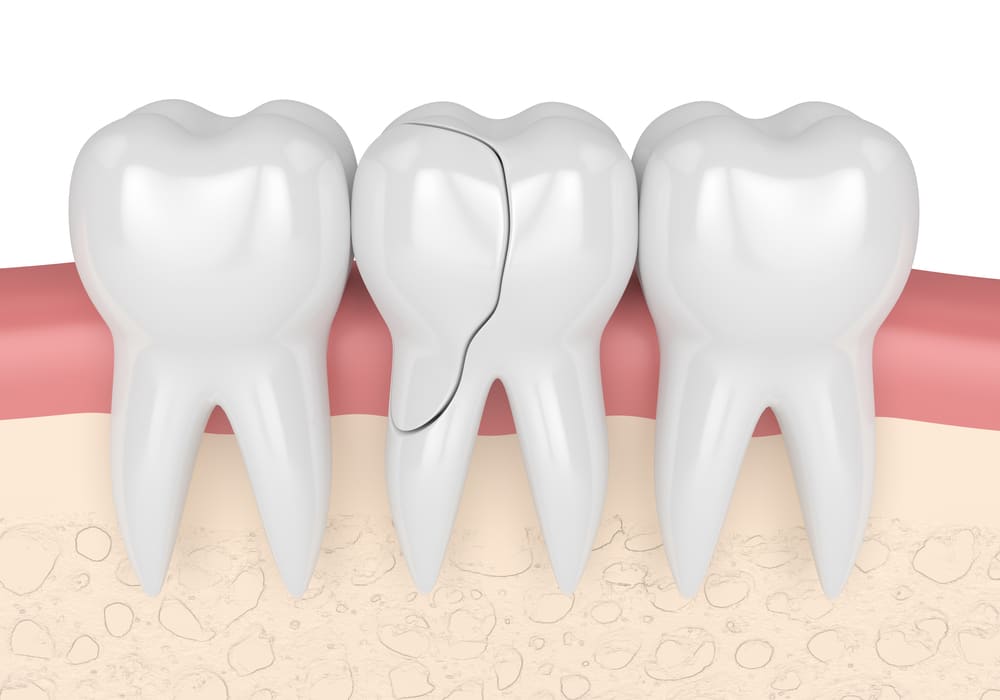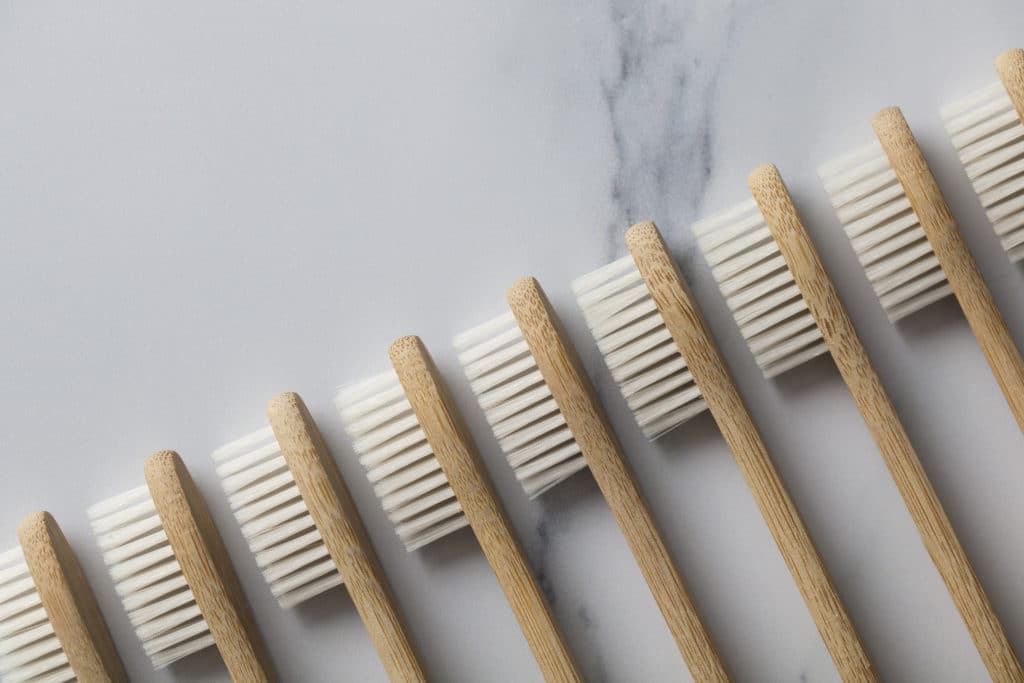
It’s a belief commonly held that root canals are something to be feared. Many speculations circulate about them that make people afraid and think of root canal treatment as something out of a horror. Luckily, those rumors aren’t true. There are many misconceptions about root canals, when in reality, the purpose of a root canal treatment is to help you, not hurt you. Here are some popular myths about root canals debunked.
They Are Painful
Perhaps one of the most prevalent myths about root canals is that they are this excruciating dental procedure. You needn’t worry – that simply isn’t true. Root canal treatments actually relieve pain through treating the cause of it.
Through modern advancements, having root canal treatment is no more painful than any other dental procedure. With anesthesia and other modern medicine, you won’t feel any pain during the process. The only difference in pain levels is that afterwards, your tooth will be more sensitive for longer, generally lasting for a few days. But that sensitivity will go away, if the root canal was done correctly.
They Involve Extraction Of The Tooth
It’s said that having root canal treatment means that your entire tooth, roots included, is removed and then replaced with implants, bridges, or another method of repairing damaged or missing teeth. This isn’t true. An endodontist will always try to save your natural tooth, if possible. A root canal is meant to fix the problem in your tooth, not extract it.
What is removed during a root canal are the decayed parts of the tooth, in order to take out all bacteria that is causing the problem. This means that the infected pulp of your tooth is extracted, along with some of the interior of the root. After that, it will be filled, sealed, and restored with a crown or other method of bringing the tooth back to full function.
Endodontists don’t want to have to extract your tooth, so they will always do their utmost to preserve your natural one. Root canals are meant to prevent extraction of the tooth. While the decayed parts of the tooth are removed, that does not mean your entire tooth is. After a root canal, your tooth should be back to functioning as normal.

You Only Need Root Canals If Your Teeth Hurt
It’s said that you can tell you have a root canal if your tooth hurts. While pain certainly is an indicator of a potential root canal, you can have root canals even if your teeth don’t hurt. There are other warning signs of root canals to be aware of. Your dentist will catch them during your regular dental check-ups, but you can also look out for them yourself.
Some of the warning signs of root canals include: tooth discoloration, swollen gums, darkened gums, pimples on your gums, chipped or cracked teeth, sensitivity to temperatures, and then, of course, pain.
You may not always be able to tell if you have root canals or not. This is why it’s important to see your dentist regularly, so that they can spot them and ensure you have them treated as soon as possible. Left untreated, root canals can pose serious problems, including potential tooth loss, so it’s best to have them treated early.
They Can Make You Sick
There are some who say that having root canals treated will cause illnesses and that it’s better to simply have your tooth removed. This is based on outdated research from the 1920’s that has long since been debunked. Many beliefs about medicine held a century have since been proven not to be true, and the idea that root canals will make you sick is one of them. There is no valid scientific research that links root canals to increased risk of disease.
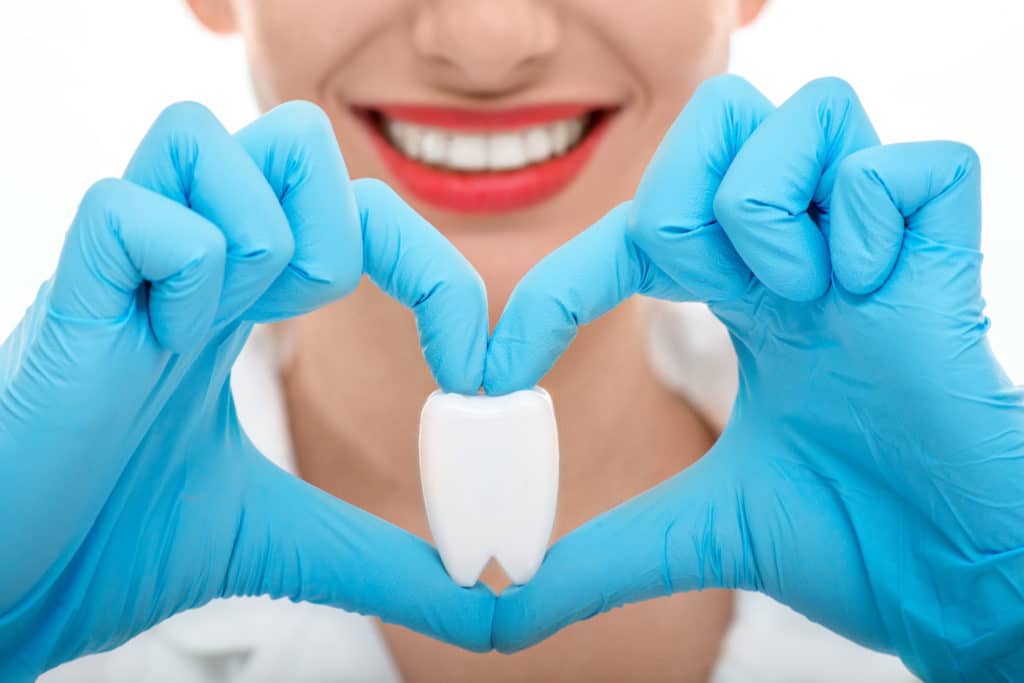
Do You Have Questions About Root Canals?
Having root canals treated is essential in order to save your teeth and prevent problems from spreading. An untreated root canal can cause your tooth to abscess and severely affect not just your oral health, but your overall health. It’s important not to believe the myths about root canals, and to ensure that you practice good oral hygiene and see your dentist regularly, both for your oral health and so they can spot root canals.
If you need root canal treatment, please contact David G. Johnson DDS, PC.


